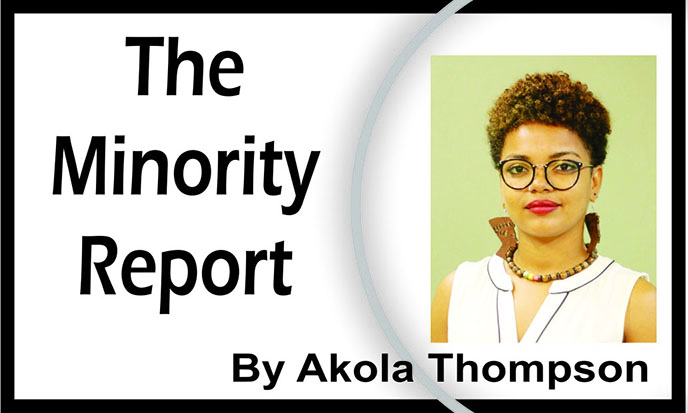Today marks the end of Transgender Awareness Week; a week dedicated to highlighting the issues trans persons face. There is still a lot about transgender persons that the public does not understand, often intentionally so, as they push the narrative that being trans is a new fad. Trans persons however, have always existed; it is just language, visibility and acceptance that have been rapidly growing over the years.
When discussing transgender persons, those who are Cis-gender (their gender identity aligns with the assigned sex at birth) often have a difficult time wrapping their mind around the concept of varying gender identity. I get this, as it was something that I also initially struggled to understand, but I made a conscious decision to learn. While there are still a few things I still don’t quite grasp the inner workings of, I respect the identities of others enough to know it’s not something I should lose sleep over. The reality is that everyone has a gender identity, whether they identify as transgender or not. Many persons have simply never had to think about what their gender identity is because theirs matches the sex they were assigned at birth. There is immense privilege in fitting into the societal mold of expectation, particularly when it comes to things such as gender, sex and sexual identity.
I know that what often ties a lot of people up is the lack of understanding between sex and gender. Sex is usually seen as the end all and be all of identity, when it is actually just one part. Sex refers to our physical anatomy, which can be divided into three categories. The most popular ones are male, based on having male reproductive organs such as a penis and testicles, and female, based on having female reproductive organs, such as a vagina and ovaries. A much less known third physical sex marker is that of being intersex. Being intersex means that you have both male and female reproductive organs. These can be apparent from birth, while in others; they might not realize they are intersex until well into being a teenager or adult. Another hang-up is that people also tend to conflate a person’s gender identity with their sexuality when they are two separate things. While gender identity refers to your innate knowledge of who you are, sexual identity refers to who you are attracted to. A transgender person, just like any other person, can have any sexual orientation, as their gender identity is not tied to their sexuality. Just as how persons can realize their sexuality at any age, persons can also realize their gender identity at any age, with some tracing it back to their earliest childhood memories, while for others, they did not realize they were transgender until well into adulthood. What has often plagued many transgender persons is a feeling of gender dysphoria, wherein they feel as if their body does not match who they really are. While we now have the language and information to know what they go through, for many years, lack of visibility resulted in many feeling as if they did not fit in, but not necessarily understanding why they felt that way. This often resulted in them trying to repress or change their gender identity in order to fit into societal mold, causing significant damage to their mental and emotional health.
Gender dysphoria is a medical diagnosis for someone who experiences this distress. However, not all transgender people experience this. For those with gender dysphoria however, this can often be relieved through expressing their gender in the way they are most comfortable with. While not all transgender persons transition, many transition in an effort to live according to their gender identity and can include things such as changing their style of dress, their name and people respecting the pronouns they prefer. Trans persons express gender in various and individual ways, but having the freedom to do that can be a life affirming and even a life-saving decision for many.
While visibility is extremely important and has resulted in more transgender persons being able to name and understand their experiences as part of a community, too often, the buck stops at visibility, without further getting into the equal justice, safety and freedom that they require. Due to stigma, trans persons experience extremely high levels of violence against them. This violence is often physical, but is also social and economic, with them being ostracized, fired and/or barred from educational and job opportunities. Trans persons are targeted by multiple intersecting systems of oppression and for those committed to gender equality, it is extremely important to include and centre them in our work. There is no liberation for the individual.










